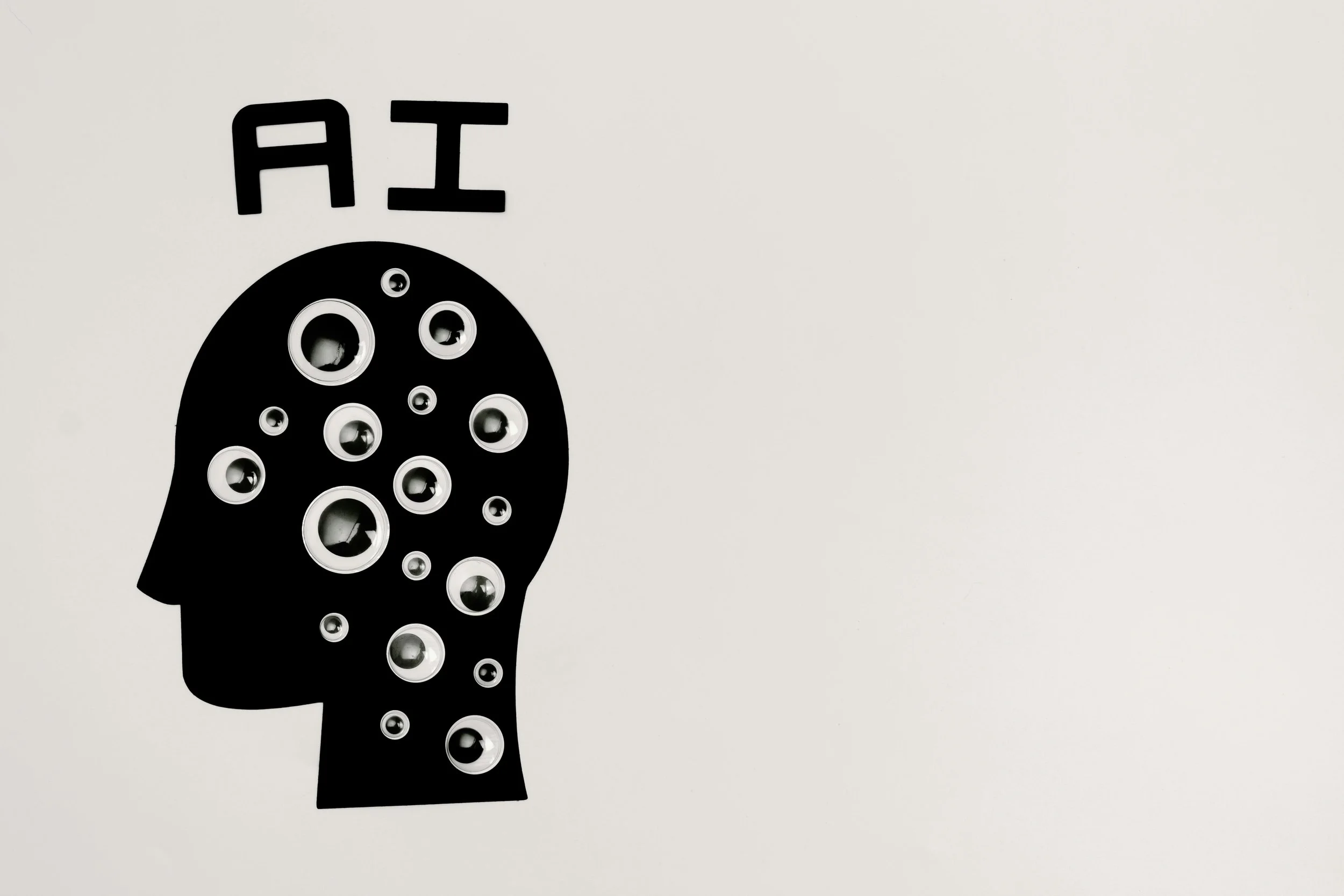With Google AI Overviews shaking up search results, your website content needs to work double duty: satisfying machines and persuading humans. This guide shows you how to write structured, search-intent-driven copy that Google loves — without losing the human connection that converts.
Table of contents
1. What is AI-friendly website copy and why does it matter?
AI-friendly copy is structured, helpful content that’s designed to show up in search — especially Google’s AI Overviews — and still speak to real human readers.
It answers questions clearly, uses proper heading structures, and reflects your expertise. It’s not just about keywords — it’s about clarity, relevance, and trust.
2. Do I still need human-written content in the age of AI?
Yes — because humans buy from people, not robots. AI can help generate content, but it can’t replace strategic, emotionally intelligent copy that builds trust and moves readers to act.
Voice, nuance, brand personality, and credibility all come from you — not a language model. That's why human insight is still essential for service-based websites.
3. How do I write website copy that works for both AI and humans?
Combine smart SEO structure with real, human value. Think clarity, not clutter. Helpfulness, not hype. Here’s a guide:
PLAN SMART
Start with keyword + intent research using tools like Ubersuggest or Ahrefs.
Look at AI Overviews for your topic to spot common questions.
Set a goal: are you trying to rank, convert, build trust — or all three?
Outline in logical chunks that match search behaviour.
Source 1–2 trustworthy links from .gov, .edu or high-authority sites.
write for humans + AI
Use a keyword-rich H1 that matches how people search.
Break up copy with clear H2s/H3s — ideally as questions.
Answer each question early in the section.
Use bullets, short paragraphs, and tables for scannability.
Start sections with TL;DR-style summaries.
Include internal links to relevant services or blog posts.
Link externally to credible sites.
Add FAQs based on real searches or “People Also Ask” results.
optimise for ai + seo
Show your EEAT — link to your About page or include author credentials.
Keep tone conversational but confident.
Use structured data/schema (FAQ, article).
Avoid keyword stuffing.
Include a clear CTA at the bottom of each page/post.
before you publish
Write a 60-character SEO title and meta description under 155 characters.
Add alt text to images and use a clean URL slug (e.g.
/ai-friendly-copy).Preview on desktop and mobile.
Share to LinkedIn, email list, and socials.
4. How should I structure my service pages for SEO and AI Overviews?
Every page should follow a scannable, search-optimised structure that helps both users and Google understand what you offer — and why you're the right fit.
Here’s a smart structure to follow:
Section What to include
Hero section Keyword-rich H1, short summary, and strong CTA
Problem/Solution What your audience struggles with and how you solve it
Features + Benefits Use bullets, testimonials, and clear value statements
Trust Builders Client logos, accreditations, reviews, or media mentions
Related Resources Link to blogs, guides, or deeper explanations
Final CTA e.g. “Book a free call” or “Download the checklist”
5. What are the biggest mistakes people make with AI-generated copy?
Relying too heavily on AI tools without editing or strategy is a fast track to bland, ineffective content.
Here are the top missteps to avoid:
X Overusing AI without human editing: Result = robotic, repetitive content.
X Keyword stuffing: Google’s AI values clarity, not repetition.
X Skipping structure: Unformatted walls of text are unreadable and unrankable.
X Generic copy: If it could apply to any business, it won’t convert for yours.
6. Key takeaways
AI-friendly copy is clear, structured, and user-focused.
Google prioritises helpful content that shows real-world experience and expertise.
Your website still needs a human voice to build trust and drive conversions.
Using a checklist keeps your content AI-ready, without losing personality.
Don’t forget the basics: CTA, meta data, internal linking, and visual optimisation still matter.
7. FAQs
What makes website content “AI-friendly”?
It’s structured content that clearly answers real user queries, uses strong headings, and demonstrates trust and expertise — making it easier for Google AI to summarise and surface.
Can I write my own copy with ChatGPT?
Yes, but use it as a tool — not a final solution. Human strategy, voice, and audience understanding are what turn words into conversions.
Will AI-generated content hurt my SEO?
It depends. If it’s useful, clear, and edited by a human — no. But unedited AI content with no EEAT will underperform.
What should I include on my service page to rank?
A keyword-rich headline, clear benefits, trust signals, internal links, and a CTA — all wrapped in structured, readable formatting.
Need help writing AI-friendly website copy that actually converts?
👉 Book your free 15-min copy chat
Let’s turn your underperforming pages into persuasive, AI-ready assets.

